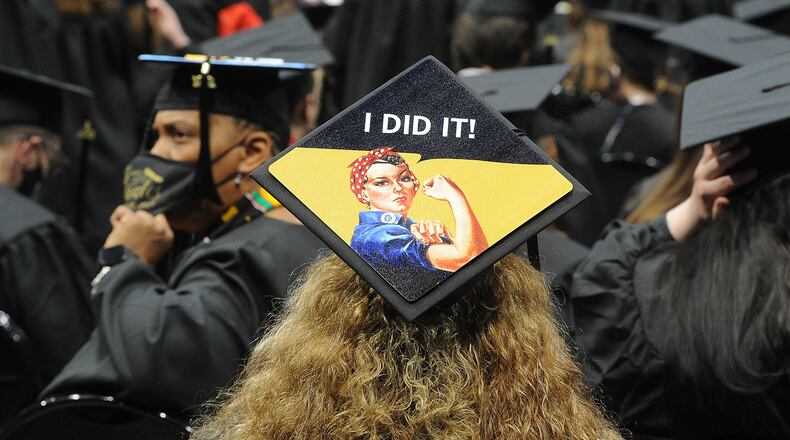Fill out an application by Nov. 15
The Biden administration is requiring those who want to have their student debt forgiven to fill out an application. Those applications will be available by “early October,” according to the U.S. Department of Education.
While officially student loan borrowers have until Dec. 31, 2023, to apply to have loans forgiven, many experts have recommended applying by Nov. 15. That is because the U.S. Department of Education is expecting a several-week turnaround to forgive loans and borrowers ideally would have loans forgiven before Jan. 1, 2023, when loan repayments begin again.
And don’t count on another extension. The Biden administration has said this is the final time the pause on loans will be extended. Federal loan payments have been paused since March 2020.
Eligibility for loan forgiveness
Anyone in the U.S. who made under $250,000 for married couples and $125,000 for individuals during the pandemic is eligible for loan forgiveness.
Students who received a Pell Grant when they were in college and fall in that salary range are eligible for up to $20,000 of student loan forgiveness. Anyone who did not get a Pell Grant in college is eligible for up to $10,000 of student loan forgiveness.
The U.S. Department of Education says it will check records with anyone who had a Pell Grant and borrowers don’t need to provide additional documentation.
Forgiveness expected to help mostly poorer, Black and Latino people
Ohio has about 1.6 million people who are expected to be eligible for federal student debt forgiveness, and a little more than 1 million students had Pell Grants, meaning they will be eligible for up to $20,000 of relief.
A recent U.S. Census Bureau analysis showed that the plan to wipe out $10,000 of student debt would eliminate debt for about 29% of borrowers. Black and Hispanic borrowers are expected to benefit the most, according to the analysis, and few people with advanced degrees are expected to benefit.
The analysis also found Hispanic individuals with a high school degree but no college degree (43.2%) and associate degrees (38.4%) are expected to experience among the greatest reduction in what they owed in unsecured loans, with Hispanic women benefiting the most. People who aren’t Hispanic and who are neither white nor Black with a high school degree, but no college degree (51.7%) and associate degrees (52.2%) are also expected to experience among the greatest reduction of unsecured amounts owed.
Nearly 90% of relief dollars will go to those earning less than $75,000 per year, according to the Biden administration.
“By targeting relief to borrowers with the highest economic need, the Administration’s actions are also likely to help narrow the racial wealth gap,” the Biden administration said in a press release, citing that nearly 71% of Black undergraduate borrowers are Pell Grant recipients, and 65% of Latino undergraduate borrowers are Pell Grant recipients.
You can sign up for more updates on student loan forgiveness at https://www.ed.gov/subscriptions.
More information is also available at https://studentaid.gov/debt-relief-announcement/
What locals say
Many respondents to a Dayton Daily News survey in August after the initial story about student loan forgiveness broke said they were opposed to the idea, citing concerns about the message it sent about repaying debts and arguing the plan picks and choses who it helps.
Those who were in favor of the idea said it would help them personally in their professional lives and meant they would be able to afford big purchases, like a home or vacation.
Craig Garaas-Johnson, a Beavercreek native who now lives in New York state, said he thinks student loans shouldn’t have been there in the first place.
“Every community is trying to figure out a way to get more engineers, more professionals, people to move in and buy homes and spend money and participate in tourism and all that kind of stuff,” he said. “And it just seems absurd to say, on top of that, we’re going to tax your career at a rate of about 15% of your income for the rest of your life because you chose to make this investment.”
About the Author

